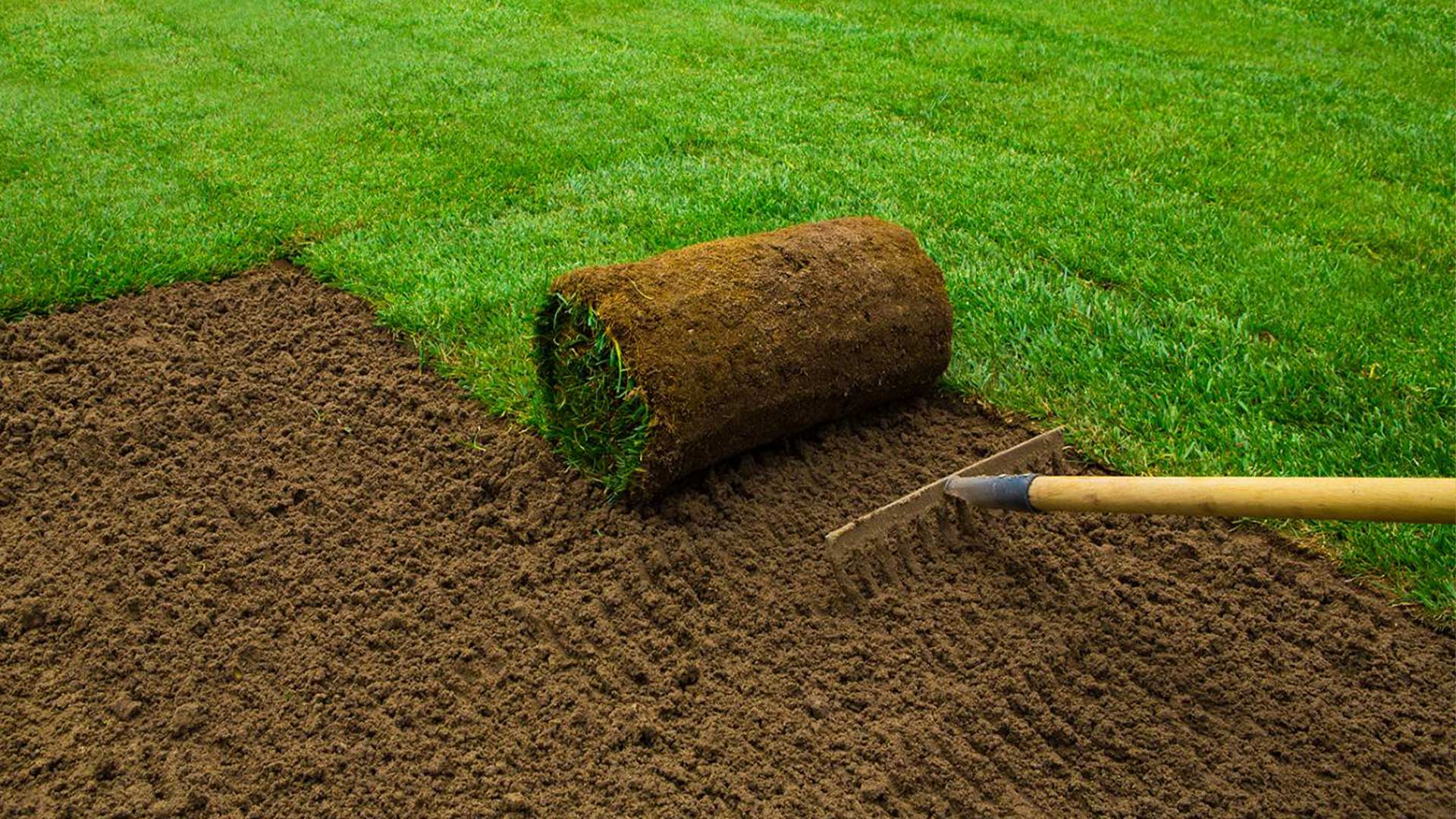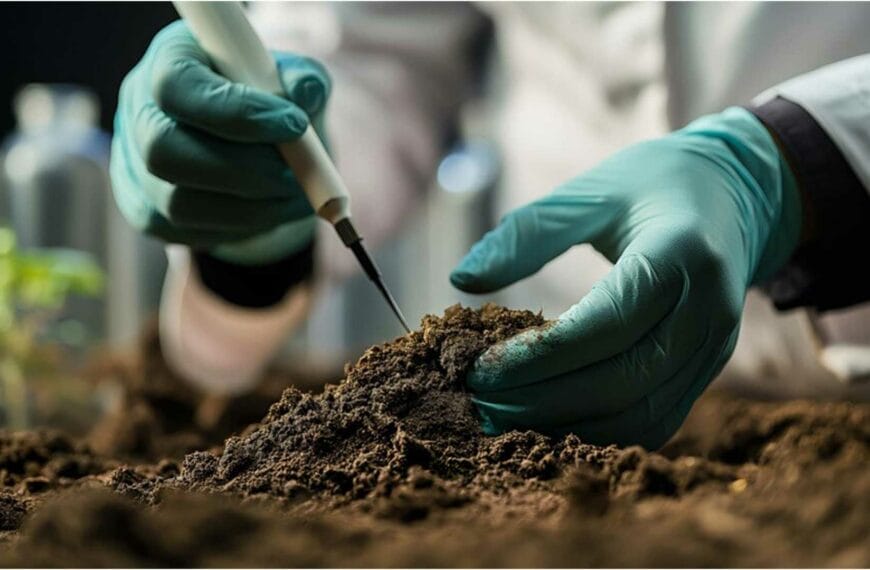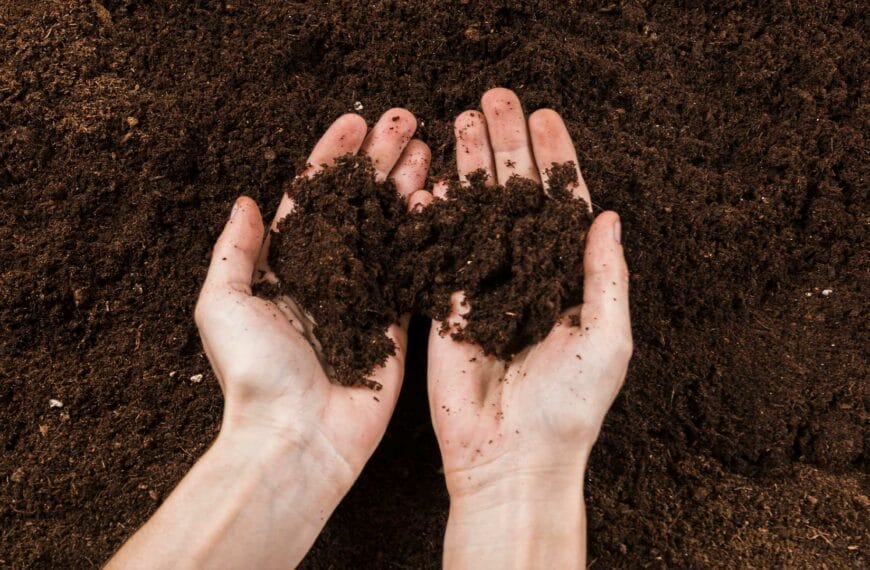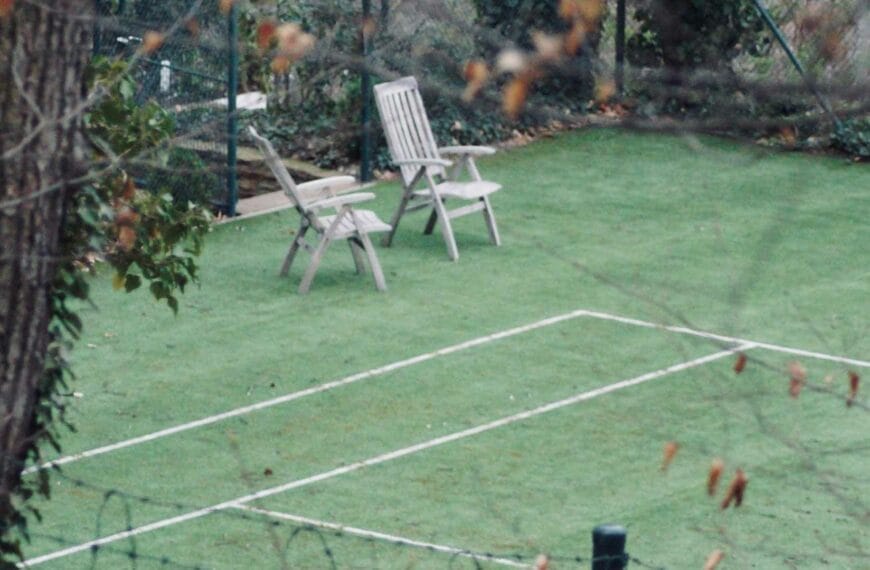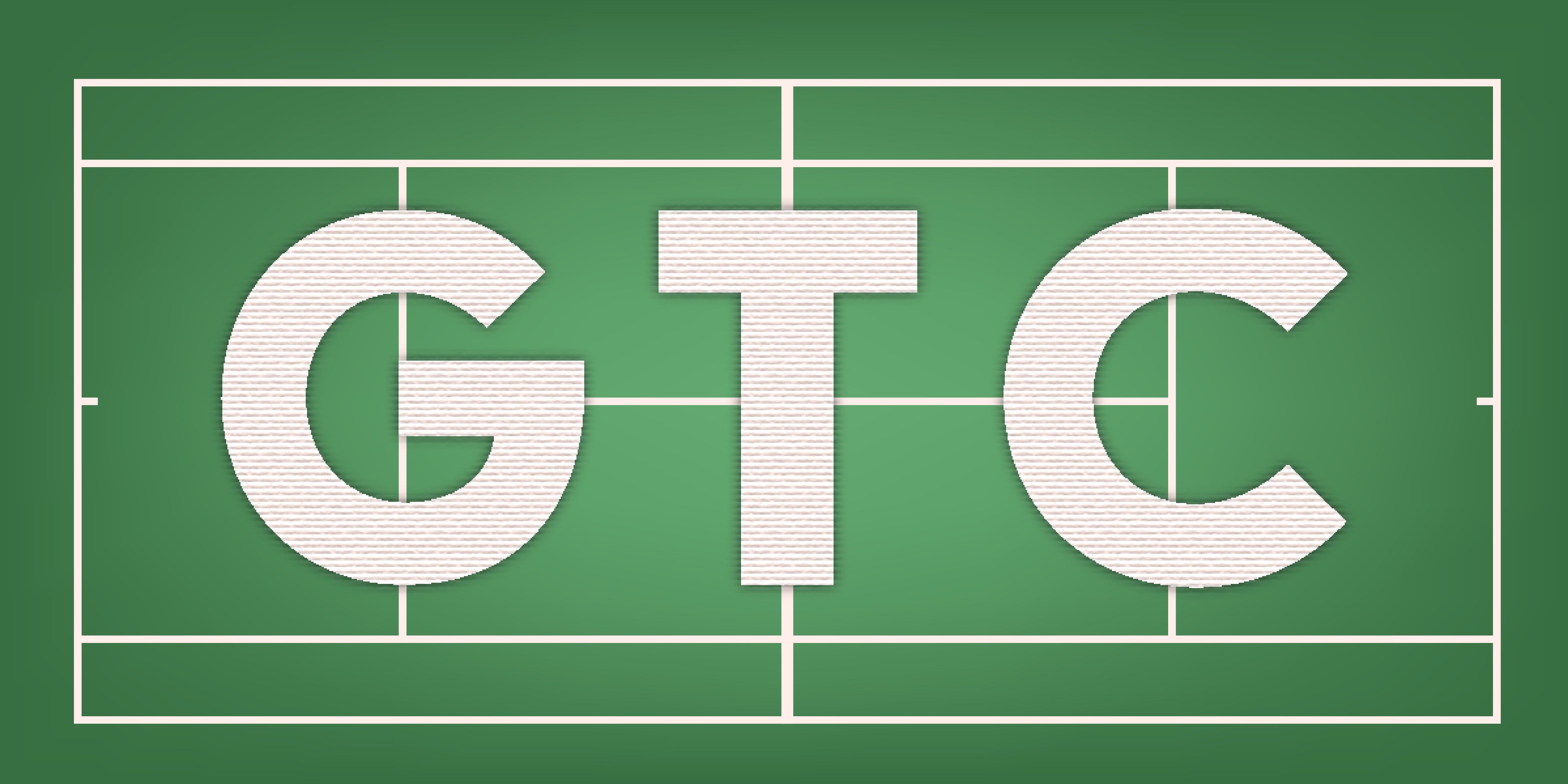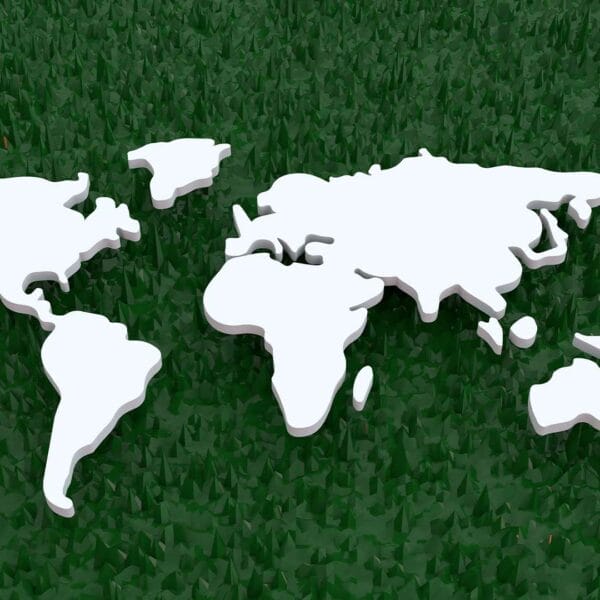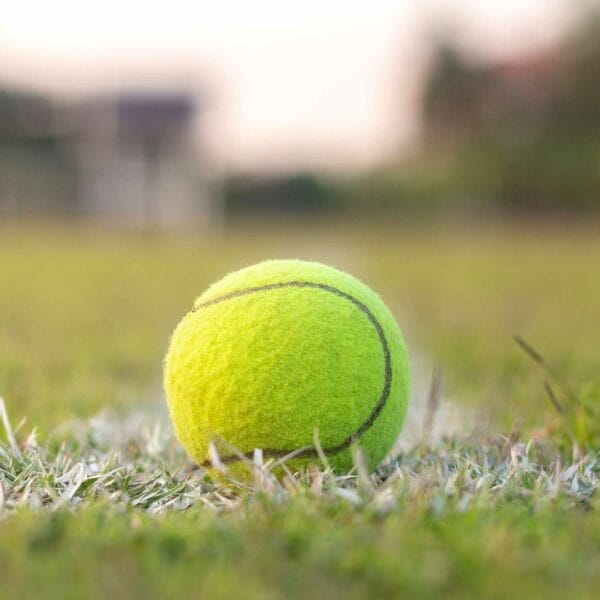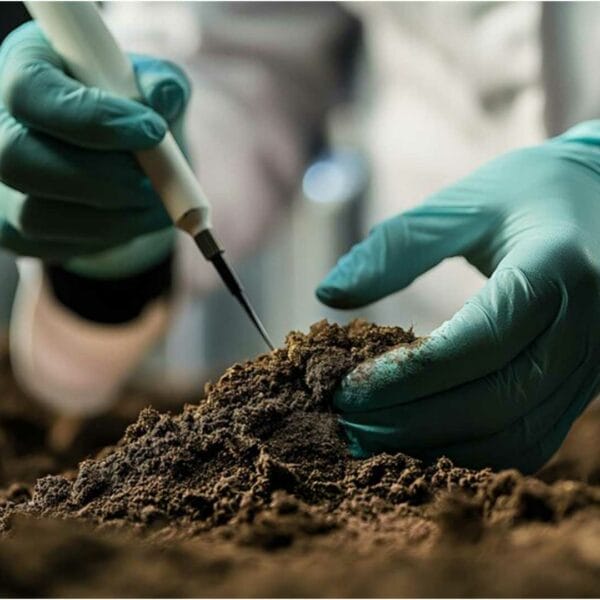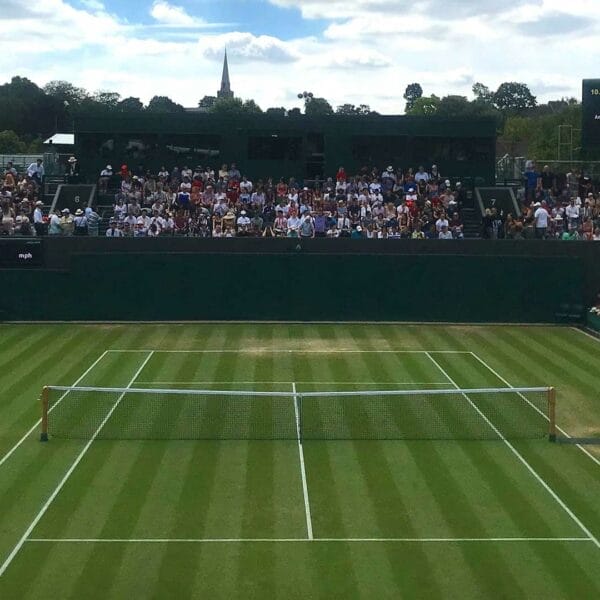Turf installation on a grass tennis court isn’t just about laying down some green; it’s about precision, heritage, and the love of the game. There is a crucial difference that a well-installed turf can make. From the bounce of the ball to the grip underfoot, every detail counts, and getting it right is both an art and a science.
Learn about Grass Tennis Court Turf
Learn more about the benefits of installing turf on a tennis court. – The different types of turf suitable for tennis courts. – Tips for maintaining turf on a tennis court.
The Science and Art of Turf Installation
Installing turf for a tennis court requires meticulous attention to detail. The process begins long before the first patch of grass is laid. A thorough understanding of the soil type, drainage, sunlight, and local climate is essential. The choice of grass species is critical as well; traditionally, fine fescue or perennial ryegrass blends are preferred for their durability and fine texture, which affect the speed and bounce of the tennis ball significantly.
Let’s look at the complexities of soil preparation and levelling. The soil must be free of stones and debris, and it needs to be perfectly level to prevent water pooling and ensure uniformity in the gameplay. This is followed by a careful compacting process and the precise measurement and cutting of turf to fit the court dimensions precisely.
Insider Tip:
“Always test the pH level of the soil before choosing your grass type. Ideally, it should be slightly acidic to neutral (pH 5.5-7). This ensures the grass will be healthy and durable,” advises John Doe, a renowned turf specialist.
For more detailed guidance, refer to this comprehensive guide on building a grass tennis court.
Historical and Cultural Significance of Grass Courts
Grass tennis courts are more than just playing surfaces; they are steeped in history and tradition. The first known lawn tennis games were played on grass in Birmingham, England in the late 19th century. This surface quickly became synonymous with the sport, hosting iconic tournaments like Wimbledon. Playing on grass is considered a nod to the origins of the sport, a tradition that continues to influence the design and upkeep of tennis courts worldwide.
The allure of grass courts isn’t merely historical; it’s also about the unique playing experience. Tennis on grass is faster, the ball bounces lower, and the games tend to be shorter. These characteristics demand a different style of play, favouring serve-and-volley players over baseline hitters. My experiences playing on grass have always forced me to adapt my strategy and develop a more versatile game.
Another aspect of grass court maintenance is laden with tradition. It involves daily mowing, regular watering, and precise fertilization, all aimed at maintaining the perfect density and height of the grass. The turf must be resilient enough to withstand the wear and tear of regular matches while still providing a perfect surface for play.
Insider Tip:
“The key to maintaining a high-quality grass court is not just regular upkeep but understanding the specific needs of the turf depending on seasonal changes,” notes Emma Smith, a grass court maintenance expert.
For those interested in the nuances of maintaining such turfs, check out grass court maintenance techniques.
Challenges and Rewards of Grass Court Turf Installation
While the installation of turf on a tennis court might seem straightforward, it is laden with challenges. One of the biggest hurdles is the weather. Rain can delay the compacting of the soil and the laying of the turf, while too much sun can dry out the soil too quickly, leading to uneven surfaces.
Despite these challenges, the rewards of a well-installed grass tennis court are immense. There is something profoundly satisfying about playing on a surface that responds so well to the game, where each step and stroke is a testament to the quality of the installation. This was particularly evident during a tournament I played last summer. The quality of the turf was impeccable, allowing for precise, fast-paced play that was a joy to experience.
Moreover, the environmental benefit is noteworthy. Grass courts provide a natural cooling effect, reduce heat buildup, offer a habitat for various microorganisms, and improve air quality. This green aspect of grass courts is often overshadowed by their aesthetic and functional benefits but is equally important.
Insider Tip:
“Plan the installation during mild weather conditions to ensure the turf settles properly without extreme weather interference,” suggests Michael Lee, a professional landscaper specialized in sports turfs.
For a deeper dive into overcoming installation challenges, explore pro restoration guidelines for worn-down tennis courts.
Conclusion
The journey of installing and maintaining a grass tennis court is filled with intricacies that demand expertise, patience, and a deep respect for the game’s traditions. Whether you’re a player, a club owner, or a turf installation professional, understanding these nuances can greatly enhance your appreciation of this noble surface. The blend of art, science, and tradition in a grass tennis court is what makes it a pivotal part of the tennis world, offering a playing experience that is unmatched in its heritage and uniqueness. As we continue to play and watch matches on these verdant courts, let us not forget the craftsmanship and care that make each game possible.
Common Questions
Who can install turf for a grass tennis court?
Professional turf installers are trained for tennis courts.
What type of turf is best for tennis courts?
High-quality artificial turf is ideal for tennis play.
How long does it take to install turf for a tennis court?
The installation process usually takes a few days.
Can’t I just use natural grass for a tennis court?
Natural grass requires more maintenance and may not be as durable.
Who can help me maintain a turf tennis court?
Turf maintenance companies offer services for tennis courts.
What is the cost of installing turf for a tennis court?
The cost varies based on size, location, and turf quality.

